I make Pulse Sensor, and while at the last Dinacon in Gamboa, Panama (2019), Jay and I did some informal testing with birds that he caught in the backyard of his place.
Jay is a hummingbird researcher. He'll be back in Panama this Spring (2022) to research hummingbird metabolism. We are creating a hardware package to send that will gather non-invasive data and see if we can find the bird beats.
There is not much data published about actual hummingbird heart rate. Previous papers describe invasive methods for acquiring bird ECG by inserting wires into bird pectorals, etc (see project files). We are hoping to develop non-invasive field ready PPG methods to get accurate heart beats from birds. Yeah, this is nuts.
 Joel Murphy
Joel Murphy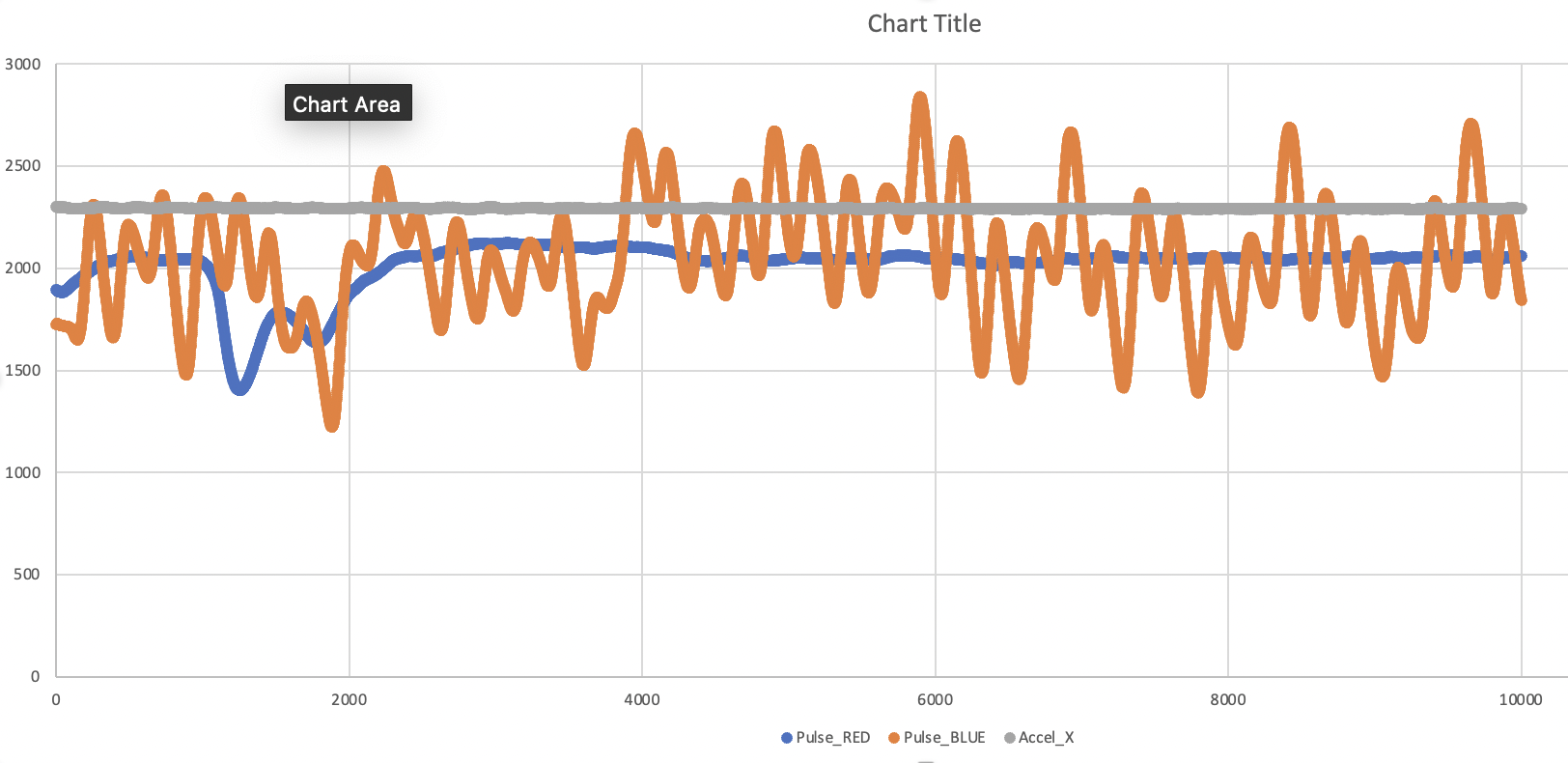

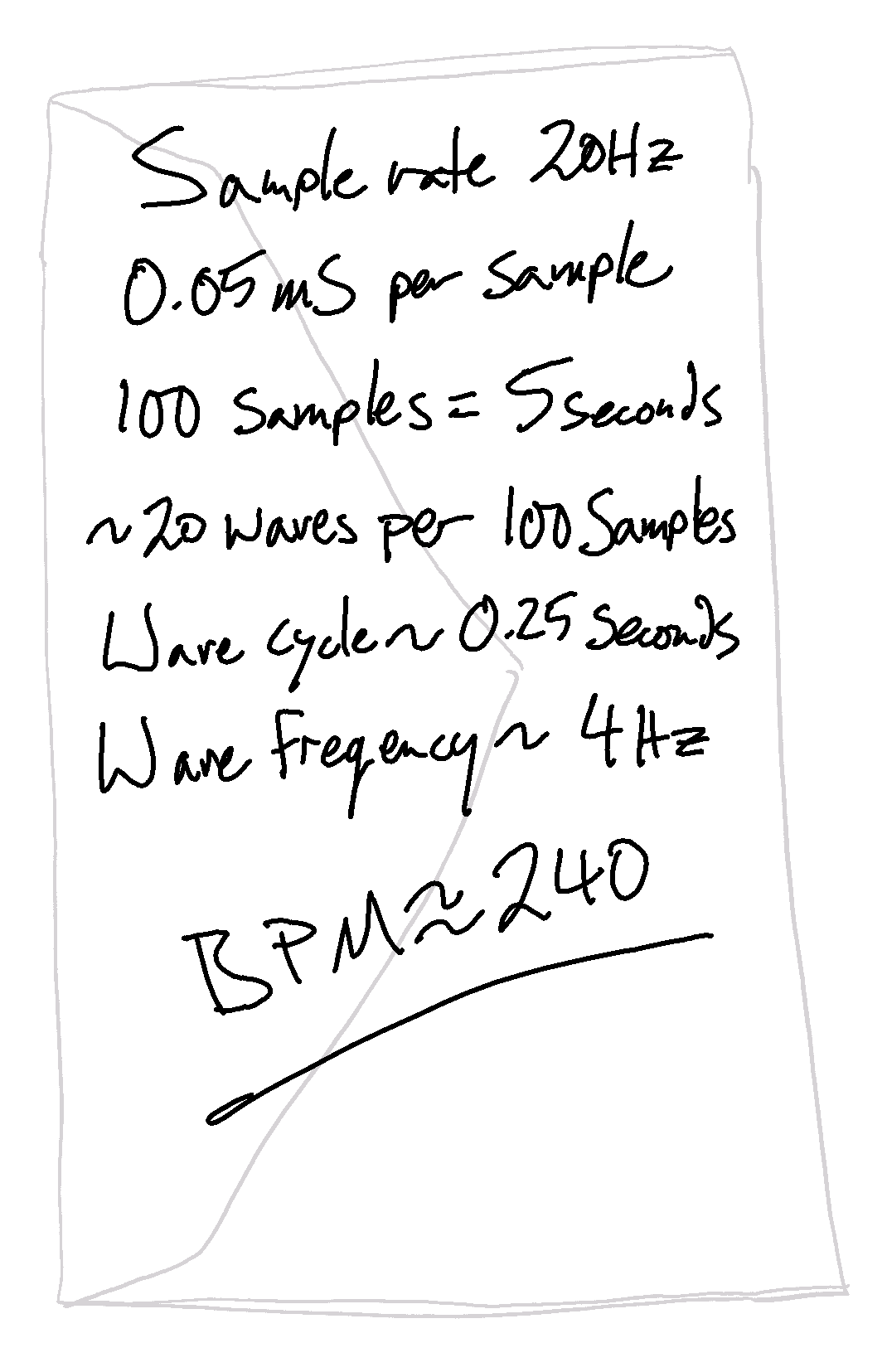


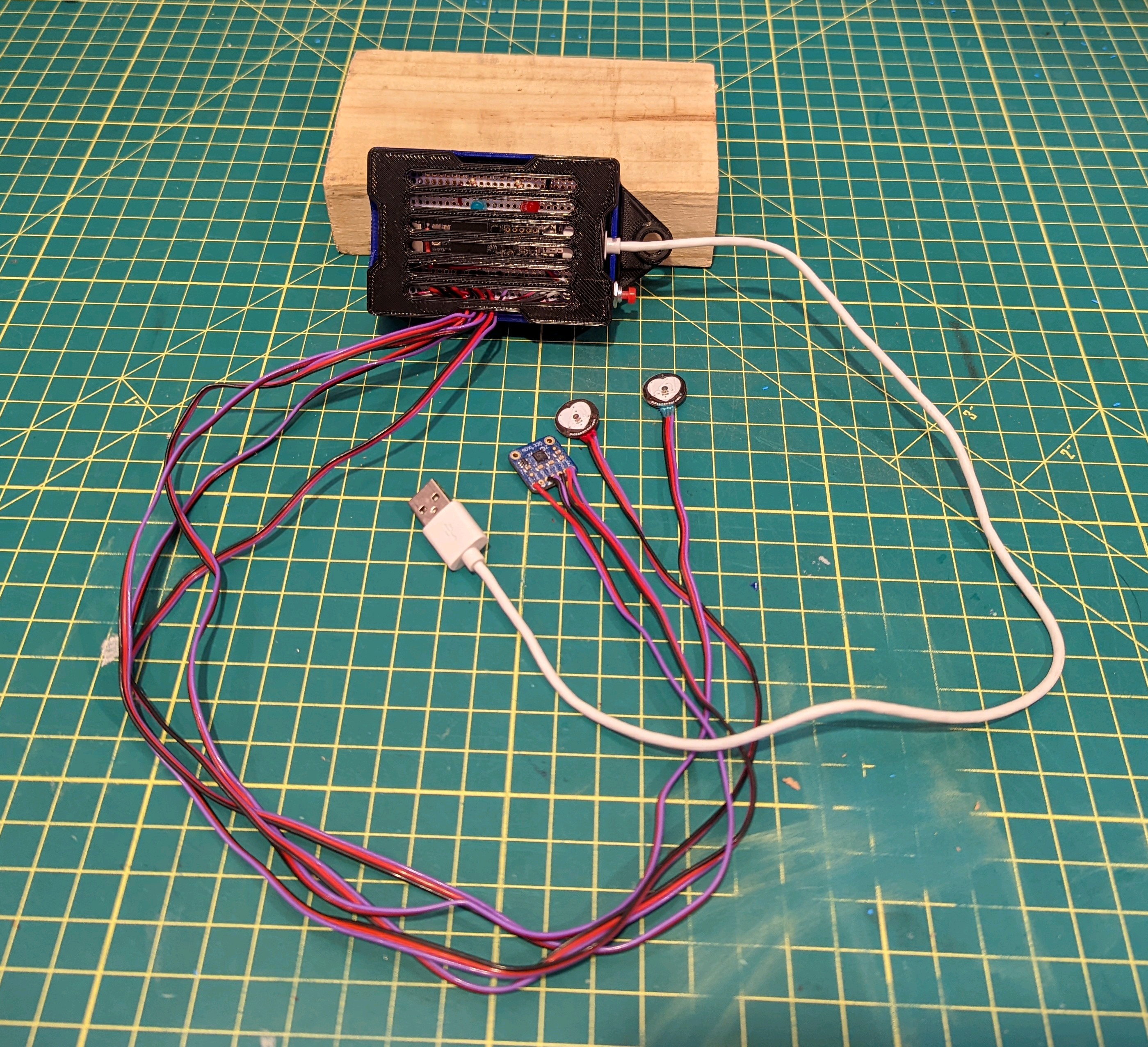
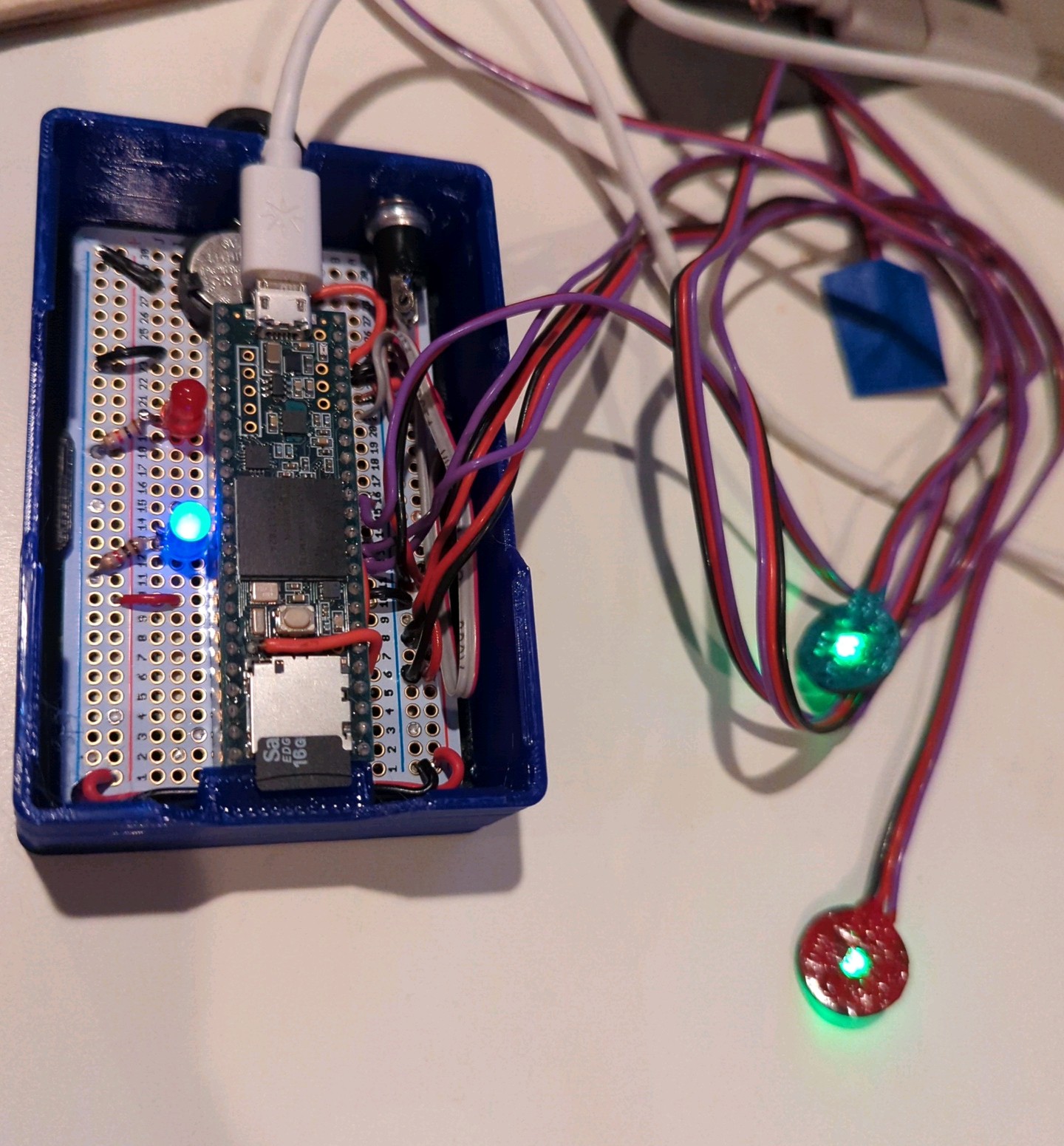
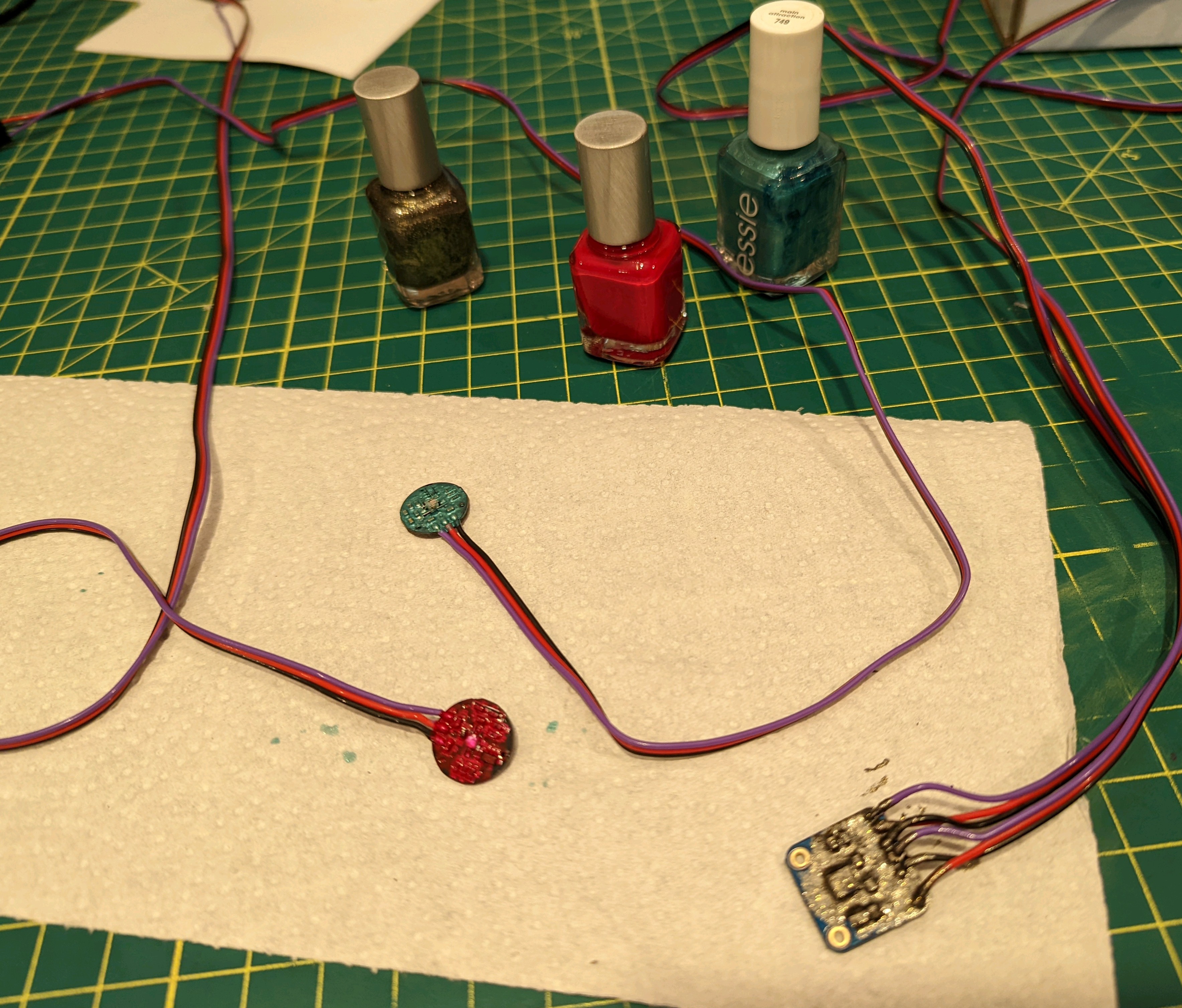
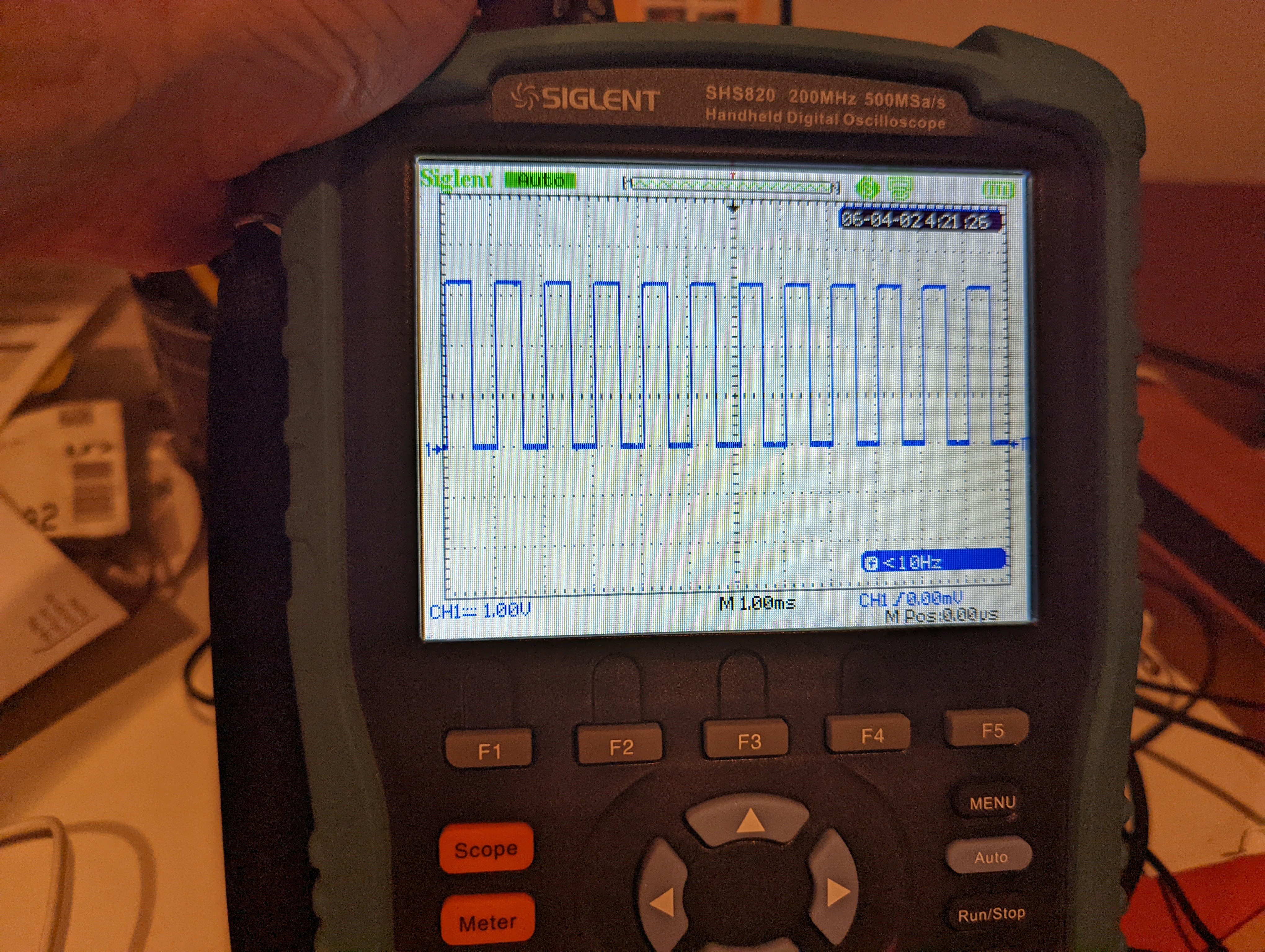

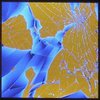

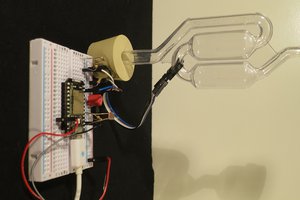
 Alex
Alex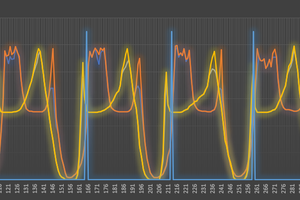
 Simon Merrett
Simon Merrett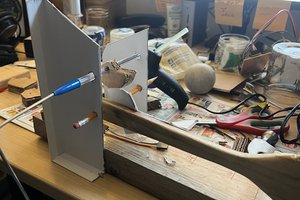
 Hugh Brown (Saint Aardvark the Carpeted)
Hugh Brown (Saint Aardvark the Carpeted)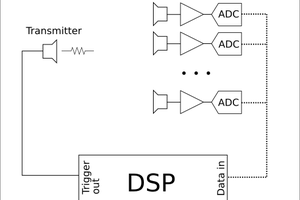
 Johannes
Johannes
The ECG paper provided cites a 2005 paper for their method, without going to that paper I don't know why they chose needle electrodes. I can tell you that it's probably unnecessary.
Three electrodes can be used to acquire a six lead ECG. One loop electrode can be affixed around each shoulder. This shouldn't impact flight performance at all and probably wouldn't even require removing feathers. The third loop electrode can be around the left ankle or knee.
This should provide a large amount of data for analysis. My ECG (IX-214) is capable of >1000 Hz polling rates so I would imagine most others can as well. The trick would be getting something small enough not to impede behavior. If that's not a factor, then just use something like the IX-214.
If your best option is to build something, go with an ECG with loop electrodes. Voltage vector reverses during contractions. This would make detection of beats trivially easy from a design perspective. If all you're after is a heart rate and nothing else, two loop electrodes (left shoulder and left leg) would be adequate. Just have a circuit detect a voltage reversal or transmit out the sine wave like the posted paper.